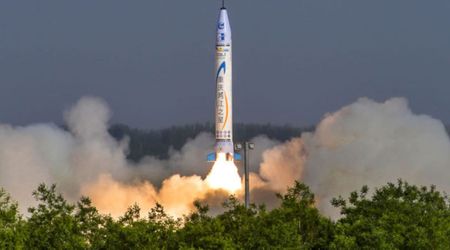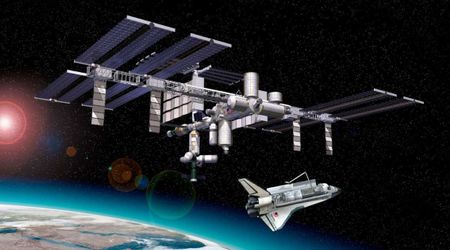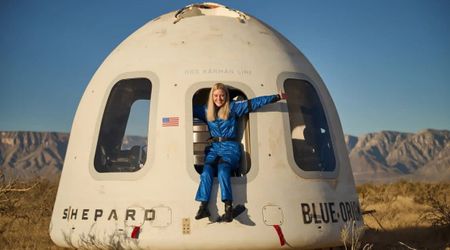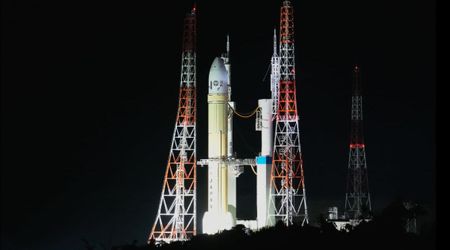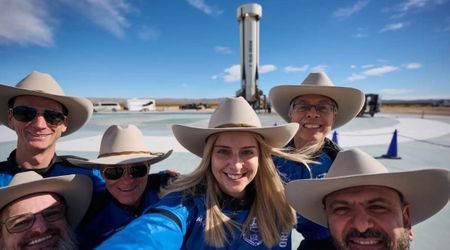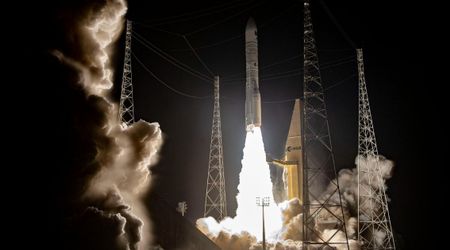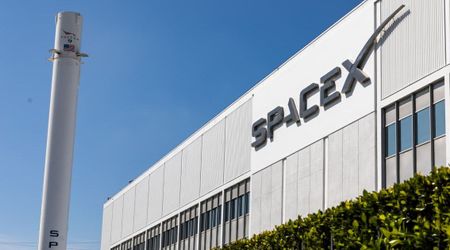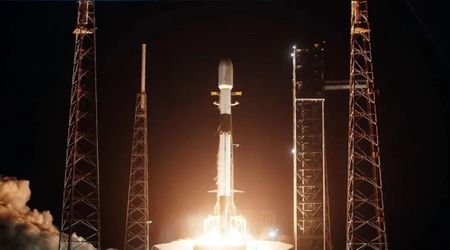NASA and SpaceX target Friday for Crew-11 liftoff after Thursday's weather delay
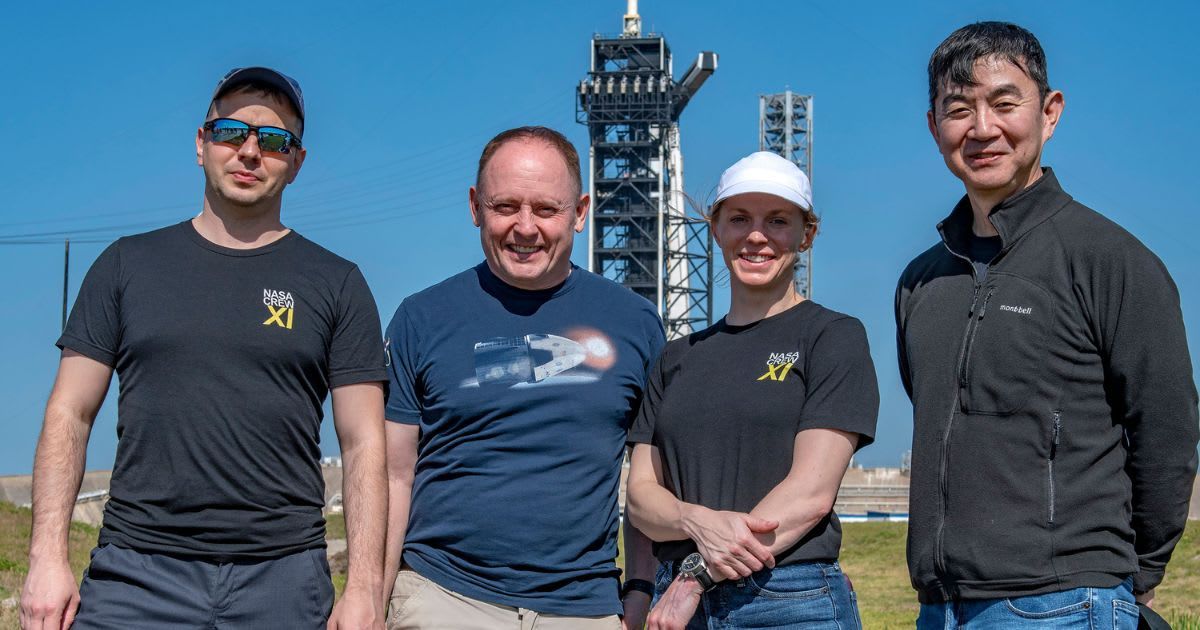
Following a weather-related postponement on Thursday, NASA and SpaceX are targeting a new launch window for the Crew-11 mission to the International Space Station (ISS). The rescheduled liftoff is slated for 11:43 a.m. EDT on Friday, August 1, from Launch Complex 39A at the agency's Kennedy Space Center, as per NASA.
Today’s launch attempt has been scrubbed due to weather. Our next Crew-11 launch attempt will be at 11:43am ET (1543 UTC) Friday, Aug. 1. Our coverage will begin at 7:35am ET (1135 UTC).
— NASA (@NASA) July 31, 2025
The launch was previously delayed due to unfavorable weather conditions, which prompted mission teams to conduct a comprehensive review of the forecast for the next available opportunity. The latest weather analysis indicated a 75% probability of favorable conditions at the launch site, a significant improvement that bodes well for the mission. However, flight controllers are keeping a watchful eye on meteorological conditions along the Falcon 9 rocket's ascent corridor, which remains a potential constraint. According to the launch protocol, a successful liftoff required acceptable weather conditions both at the launch pad and throughout the rocket's flight path to orbit.
Standing down from today's Falcon 9 launch of Dragon due to cloud cover at the launch site.
— SpaceX (@SpaceX) July 31, 2025
Teams now targeting Friday, August 1 for launch of Dragon and Crew-11 to the @Space_Station
The crew, consisting of NASA astronauts Zena Cardman and Mike Fincke, JAXA (Japan Aerospace Exploration Agency) astronaut Kimiya Yui, and Roscosmos cosmonaut Oleg Platonov, safely de-baorded the Dragon spacecraft after Thursday's scrub. They have since returned to their crew quarters at Kennedy to continue final preparations and await the new launch attempt.

Updates from NASA's mission control indicate that preparations are proceeding smoothly. According to a series of reports from Thursday, the Falcon 9 rocket's second stage has been fully fueled, and liquid oxygen loading is underway, NASA announced. These crucial pre-launch milestones have been completed on schedule, leaving all systems in a "go" state for the upcoming launch.

The Crew-11 mission will utilize a SpaceX Dragon spacecraft, propelled by the company's Falcon 9 rocket. If the launch is successful, the Dragon spacecraft is projected to dock with the ISS on Saturday, August 2, at approximately 3 a.m. EDT. This mission marks another collaborative effort between NASA and its commercial partner to sustain a permanent human presence in low-Earth orbit, as per NASA. Once on board the orbiting laboratory, the crew will embark on a mission of vital research, technology demonstrations, and maintenance activities, all of which are essential for advancing scientific knowledge and paving the way for future deep-space exploration, per NASA.
This launch comes after the crew's pre-flight quarantine, which began on July 17 at NASA's Johnson Space Center. This two-week health stabilization period, a crucial protocol dating back to the Apollo era, is designed to prevent astronauts from getting sick before or during their mission. During this time, the crew had minimal direct contact with others, with most interactions being remote. Close family members and certain launch personnel also underwent medical screening to ensure the crew's continued health.
The four members of @NASA’s @SpaceX Crew-11 mission entered their official quarantine period today, meaning launch is just two weeks away! 🚀https://t.co/616TKmZWuZ
— NASA's Kennedy Space Center (@NASAKennedy) July 17, 2025
Before entering quarantine, the crew completed a rigorous training regimen across multiple facilities in Texas, Florida, and California. This included intense simulations at SpaceX's Hawthorne facility, where they practiced every phase of the mission using a high-fidelity Dragon spacecraft simulator. They also honed their skills during water survival training at NASA's Neutral Buoyancy Lab, ensuring they are fully prepared for any contingency. Zena Cadman and Mike Fincke were recently assigned to the Crew-11 mission by NASA. The agency noted that their skills will be key to the mission's success, particularly their contributions to planned activities on ISS. Cardman's prior experience as a Dragon spacecraft commander and Fincke's extensive history in space make them invaluable assets.
